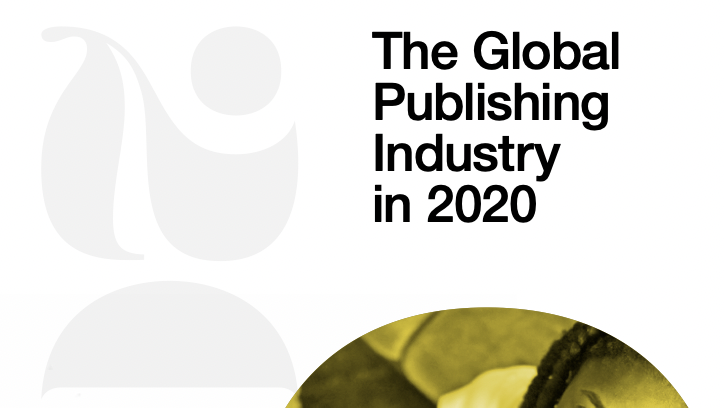Gathering an accurate picture of what the publishing sector looks like from an international perspective is one of the biggest challenges that the IPA has been working on for the past five years.
Reliable and accurate statistics are essential to our sector and help shape the right environment where the publishing world can thrive. Back in 2017, during my IPA presidency, we welcomed the first Global Publishing Industry report developed by WIPO in collaboration with the IPA. The report was based on a global survey with 28 associations and authorities sharing their data. Since then, other reports have followed such as the global publishing industry 2018 report, legal deposit data in 2019 and a preliminary property indicators report in November of last year.
This year WIPO released a comprehensive study on the publishing industry, The Global Publishing Industry in 2020, based on data from a survey, legal deposit and ISBN data. Trade books (including children’s books), educational books as well as STM publications are covered in the latest report. This is complemented by 2018-2020 data from Nielsen, covering 10 key countries. The survey was conducted with help of the IPA and strong regional partners: FEP and CERLALC.
Top headlines
Based on the available data, the WIPO report estimates the combined publishing industry revenue (for the 25 included countries) was USD 65.3 billion in 2020. The largest sales revenue was recorded by the US (USD 23.6 billion), followed by Japan (USD 10.8 billion), Germany (USD 10.6 billion), the United Kingdom (UK) (USD 4.8 billion) and Italy (USD 3.5 billion). For children’s books , where 19 countries data was available, the total revenue is reported at USD 8.9 billion, again with the largest revenue reported by the US (4.7 billion) followed by Germany (USD 2 billion).
In terms of where revenue is generated – brick and mortar, online or other- data was available for 14 countries in 2020. Here we saw online sales generate more than two thirds of total publishing sales however in countries such as Georgia (63%), Spain (79.2%) and Italy (62.9%) brick and mortar stores continue to generate the bulk of sales. The reported Nielson transactional data, which covers 10 countries, showed the COVID -19 pandemic having a considerable negative impact on sales revenue.
Other interesting insights included:
- Did you know that only 2% of all books in Brazil are digital/audio while 33% of all Japanese books are digital
- Whilst most countries had a foreign market share below 5%, Canada (36.6%), UK (35.1%) and Spain (11.4%) had the three biggest foreign market shares.
- Spain’s majority of revenue comes from brick and mortar stores 79.2%
- The UK topped the total number of titles published with a reported 186,000, followed by Italy with 124,948
- For national repositories digital is driving in book deposits rising from 2.4 million in 2018 to 2.7 million in 2019, in part due to Germany’s digitalization of backlists (estimated 98% increase between 2018-2019).
- And the STM publishers have not changed much between 2010 and 2020 with pretty similar article market share, apart from a brand new player MDPI who gained a 7% market share.
Limitations to the report
Whilst the report is a treasure trove of interesting data, it is unfortunately far from complete. Back in 2017, we had around 28 countries data and yet in the latest report, the coverage hasn’t increased. This of course gives a biased view of the data as it is dominated by the Global North. In terms of format, where we are often most interested in digital vs print, the digital data is also incomplete, as it seems easier to count physcial books than digital books!
We must also note, that when you have three sources of data measuring the same property (books!) one wants to compare results and, in many countries, the three data sources are very well aligned but notable exceptions exist, like Germany where the three sources give three very different results.
As the sector emerges from the COVID pandemic, I urge all IPA members to really start thinking about data reporting. This is an opportunity to reflect the diverse and vibrant sector in data that will confirm what we all know – publishing is a driving force in our society. Let’s look forward to the next report and where we hope to have many more countries included.

